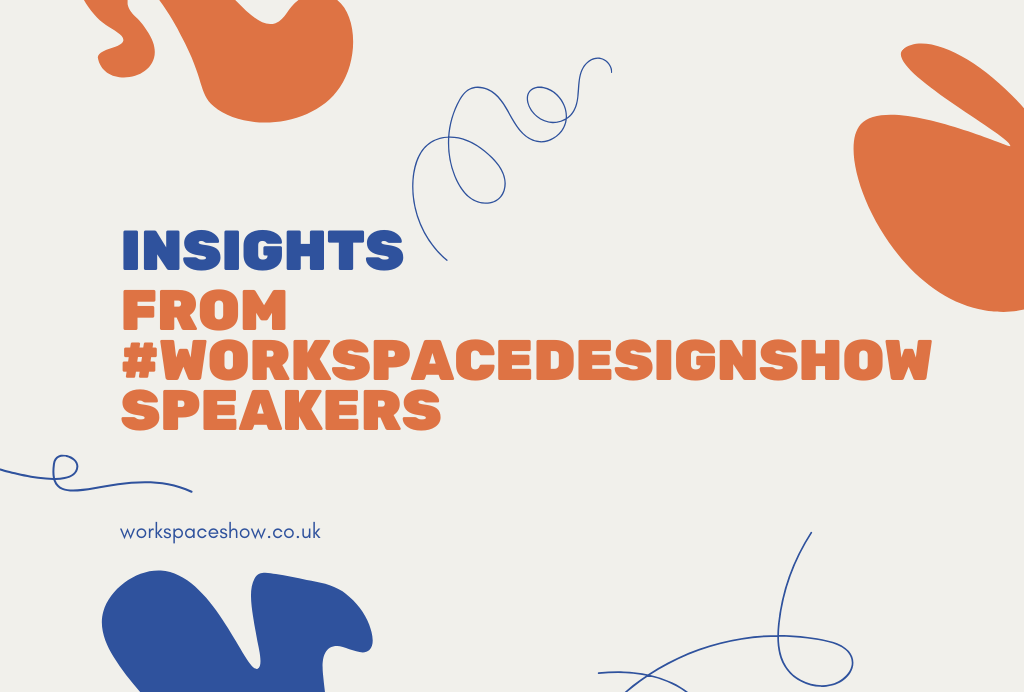The upcoming Workspace Design Show in London, scheduled for 27 – 28 February, will be packed with insights and innovations on workplace interiors. Among the many speakers scheduled to attend is Ashton Holmes, Senior Project Designer at Peldon Rose. This article will delve into Ashton’s vision of the future workplace, exploring how AI and thoughtful design can come together to create environments where people truly want to be.
How is AI allowing designers to create purposeful spaces for employees?
Albeit still in its primitive form, AI can significantly shape the design processes. Its capacity to swiftly analyse real-time data could facilitate the generation of thousands of optimized floor plan configurations within a day. Notably, designers collaborate with clients, sketching out ideas that AI transforms into real-time conceptual renders. This integration tailors the workspace design experience, delivering uniquely personalized results. AI’s rapid data processing and visualization capabilities not only expedite decision-making but also enhance the collaborative aspect of design, offering dynamic and bespoke solutions. The evolving synergy between human creativity and AI precision heralds a transformative era in design, promising efficiency and individualized outcomes.
What core design principle’s do you see for 2024 that will create workplaces that people want to be?
The rising awareness of neurodiversity in workplaces underscores the critical influence of sensory experiences on the overall environment. Acknowledging and designing for positive sensory engagement is paramount for enhancing end user comfort and ensuring enduring staff retention. By tailoring spaces to accommodate diverse sensory needs—considering lighting, acoustics, scent and textures—organizations foster inclusivity. This approach not only improves immediate comfort but also contributes to a supportive culture, boosting job satisfaction. The positive correlation between thoughtful sensory design and long-term employee commitment emphasizes the role of inclusive work environments in nurturing a diverse and thriving workforce.
